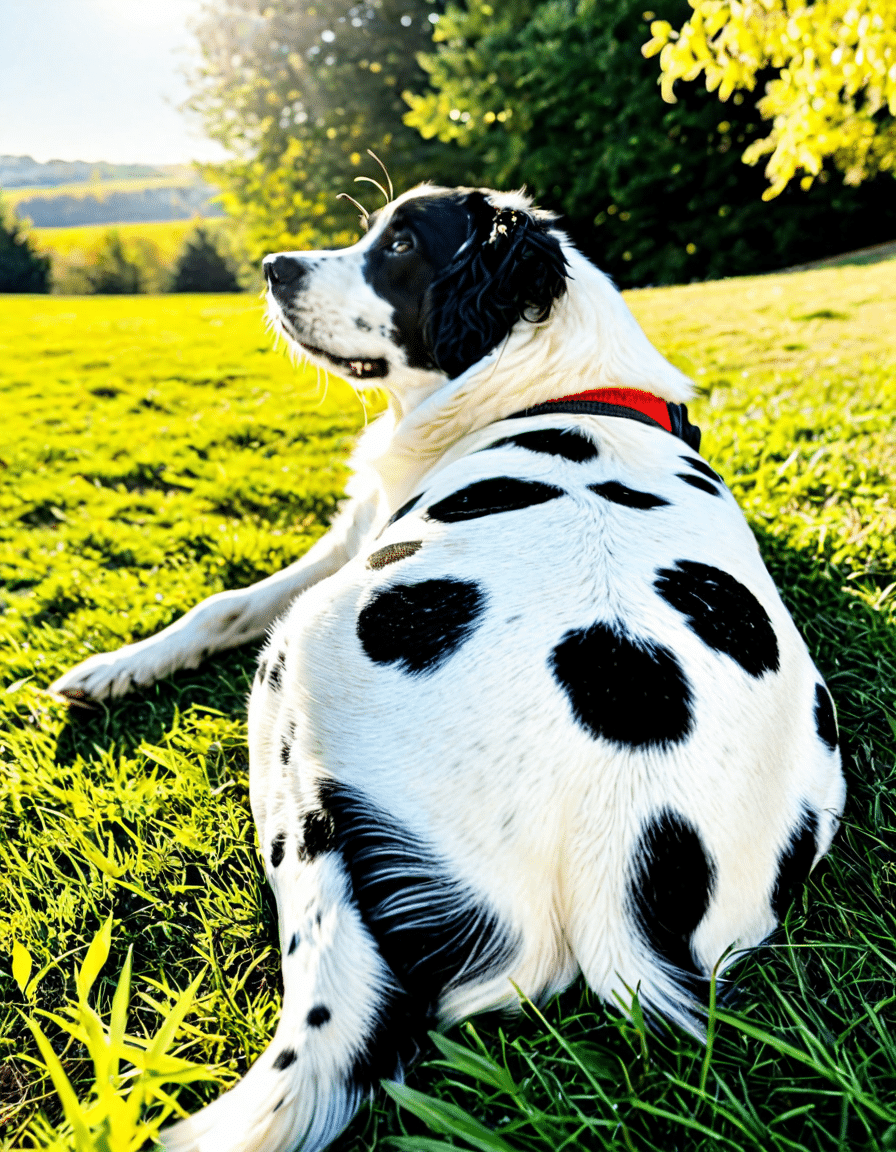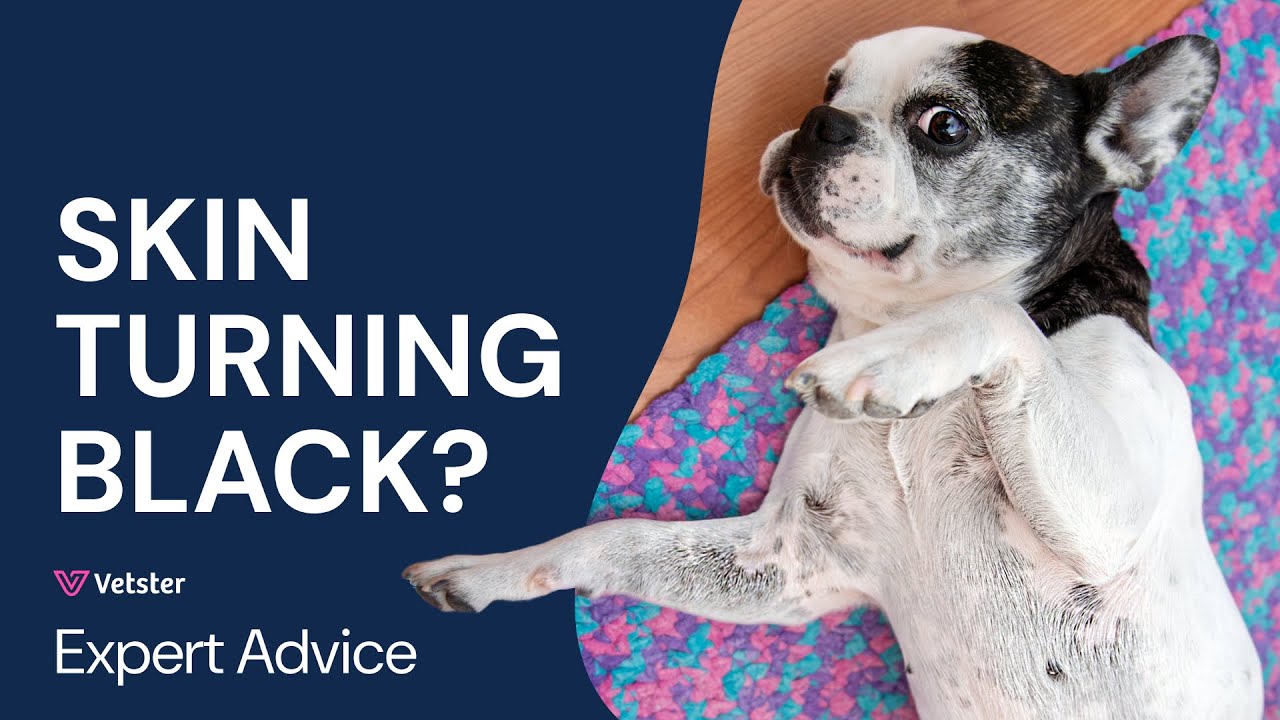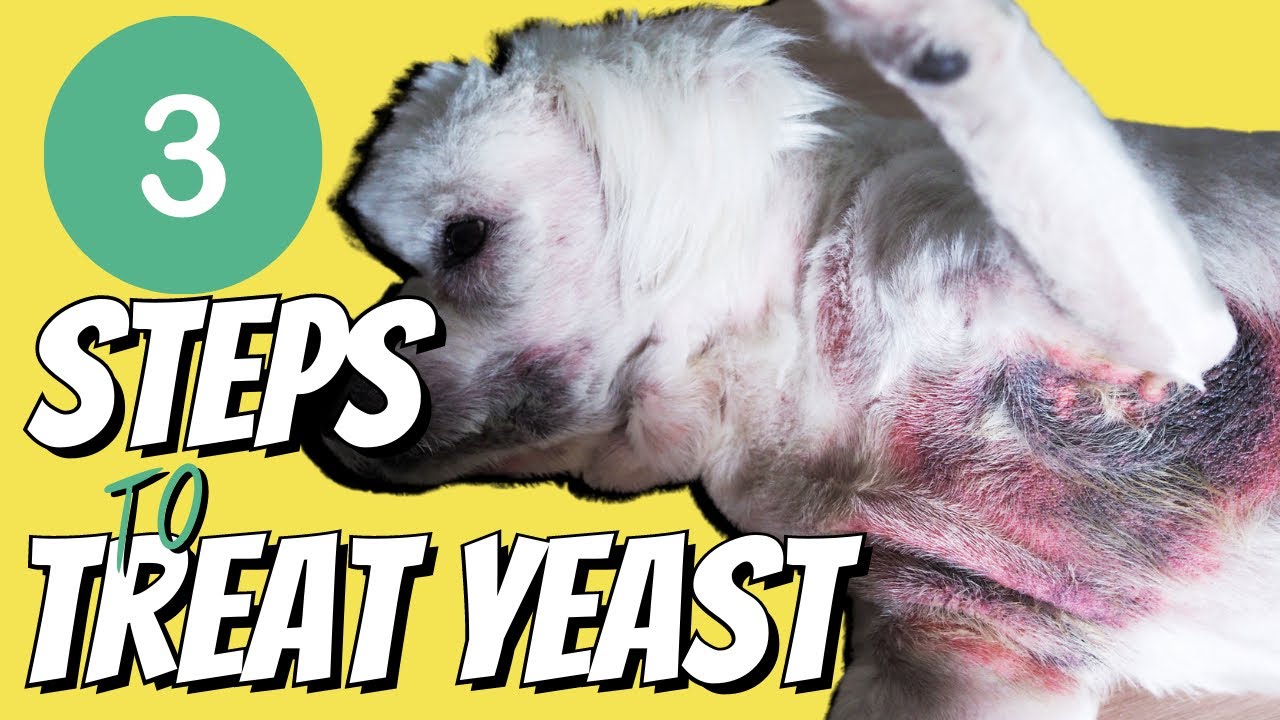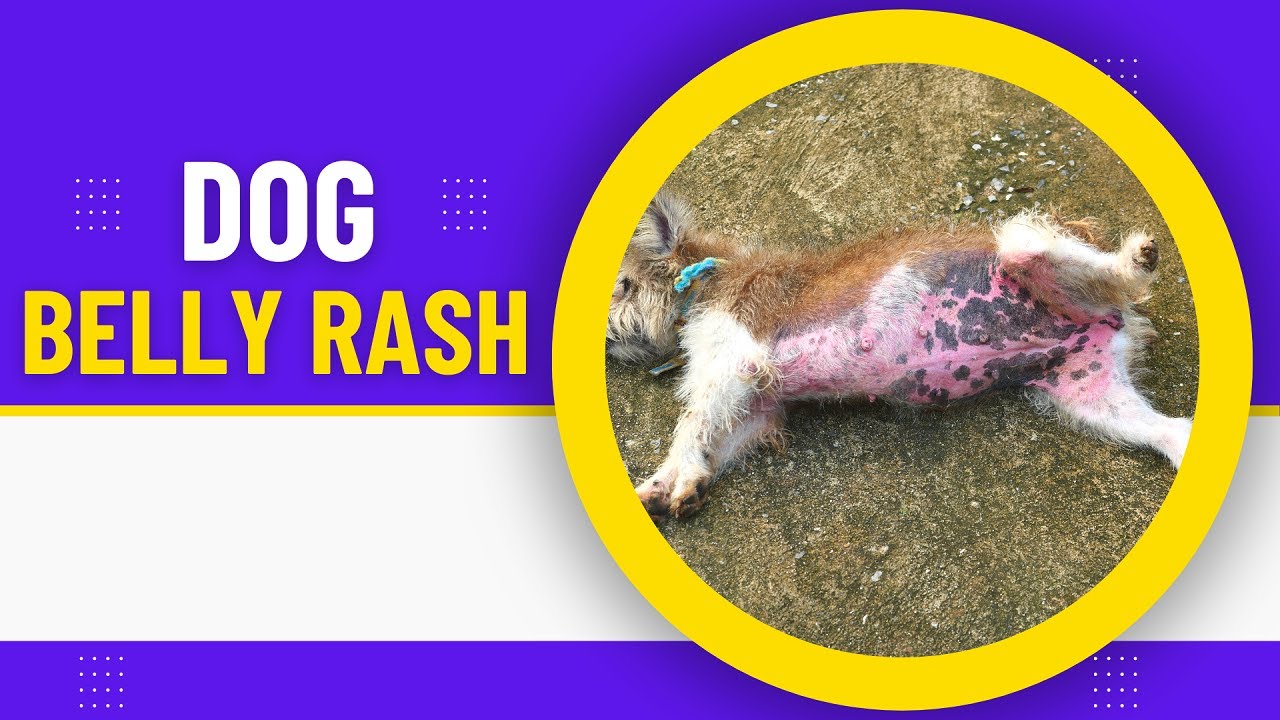If you’ve spotted black spots on your dog’s belly, you might be feeling a bit concerned. While some owners may brush this off as a harmless aesthetic change, understanding what these dark patches mean is crucial for your pup’s well-being. In this article, we’ll dig deep into the common causes, symptoms you should watch out for, and how to get the help your furry friend needs. After all, keeping our pets healthy means keeping an eye on even the small changes!
Common Causes of Black Spots on Dog Belly
Black spots on your dog’s belly can emerge from a variety of reasons. Let’s explore some of the most common culprits.
a. Hyperpigmentation
Hyperpigmentation is a common condition where the skin darkens due to an increase of melanin. This isn’t usually harmful and tends to appear as dogs age. Breeds like the Labrador Retriever and Boxer are particularly susceptible. Changes in skin color can be triggered by heat, friction, or hormone fluctuations. So, don’t fret too much if your older pup develops some dark spots; it’s often just a normal part of aging.
b. Skin Allergies
Allergies can send your dog’s skin into a frenzy. Whether it’s an environmental allergy (like pollen) or reactions to certain foods, these allergens can cause your dog’s skin to react by developing black spots. For instance, a dog with flea allergies might scratch or bite at their belly constantly, leading to inflammation and darkened skin. Ingredients in a new food, such as beef or grains, can also be responsible for itchy skin reactions that result in hyperpigmentation.
c. Bacterial or Fungal Infections
Infections are another common cause of black spots. Pyoderma, a bacterial skin infection, can raise some serious red flags. This condition leads to crusty lesions that can darken over time. On the flip side, fungal infections like ringworm can also create patches that are darker than the surrounding skin, raising concern among pet owners.
d. Cysts and Tumors
Don’t overlook the possibility of cysts or benign tumors, which can appear as skin discolorations. While most cysts are not harmful, you should keep a close eye on any changes in size or texture. Any sudden changes can signal the need for a vet visit, even if the initial appearance seems harmless.

Identifying Symptoms Alongside Black Spots on Dog Belly
When you notice black spots on your dog’s belly, it’s essential to consider the accompanying symptoms. These can provide clues about whether the situation may demand veterinary attention.
a. Itching and Inflammation
If those pesky spots are accompanied by itching, redness or other signs of irritation, it could indicate allergies or infections. Breeds like the French Bulldog are particularly prone to skin irritations due to their unique skin folds, which can make any existing skin issues feel worse.
b. Hair Loss
Hair loss around the dark spots can indicate a more severe skin condition. Problems such as alopecia often present themselves with both darkened skin and thinning fur. Keeping an eye on your dog’s coat is critical for identifying the underlying problem early.
c. Odor or Discharge
Any foul odor or discharge from the affected area should not be ignored. This indicates the potential presence of infections, such as yeast infections, seen frequently in breeds like Cocker Spaniels. If you notice these symptoms, it’s time to get your dog evaluated by a vet pronto!
Diagnosis and When to Consult Your Veterinarian About Black Spots on Dog Belly
Proper diagnosis is key to solving the mystery of black spots on your dog’s belly. Here are some essential steps to expect when visiting the veterinarian.
a. Physical Examination
During your visit, the vet will start with a thorough physical assessment. They’ll check the texture, shape, and size of the black spots while considering your dog’s overall health. It’s their way of piecing together the puzzle of your dog’s skin issue.
b. Skin Scraping
In certain cases, your vet may perform a skin scraping to check for mites or fungal infections, such as ringworm. Breeds like the Shih Tzu are prone to skin issues, making this test more relevant. The results can significantly aid in pinning down an accurate diagnosis.
c. Allergy Testing
If allergies are under suspicion, your vet might recommend allergy tests or elimination diets. These strategies can help identify the specific allergies affecting your dog. The sooner you know, the quicker you can address the root cause of those pesky black spots on your dog’s belly.
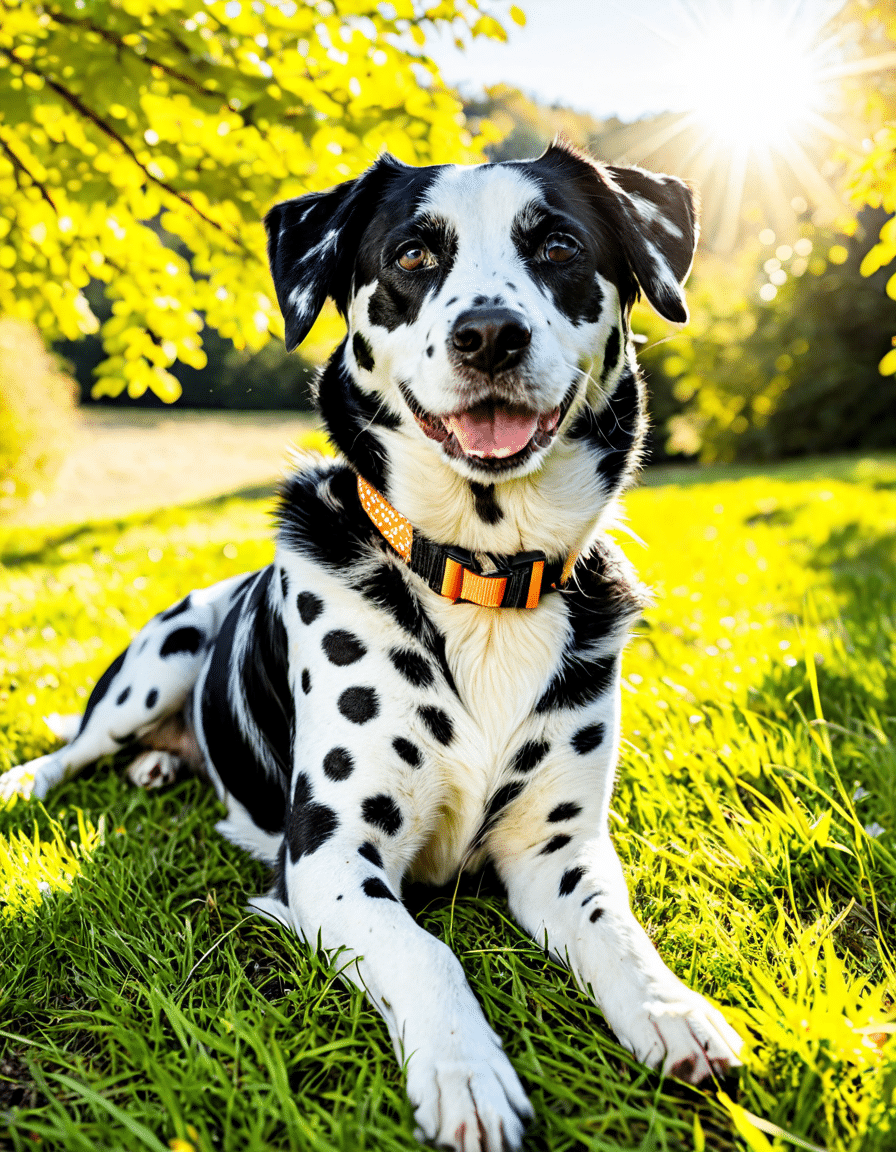
Treatment Options for Black Spots on Dog Belly
Treatments for black spots can vary widely based on the underlying cause. Let’s break down some common options.
a. Topical Treatments
For minor skin irritations or involved infections, your vet might prescribe topical ointments or corticosteroids. Brands like Vet’s Best or Pet MD have reputable products aimed at treating diverse skin conditions. These can provide relief for minor issues.
b. Medications
When allergies are the culprit, your dog might require antihistamines or steroids. Bacterial infections often need antibiotics while fungal infections necessitate antifungal medications. Always follow your vet’s instructions closely for the best outcome.
c. Dietary Changes
Sometimes, changing your dog’s diet can drastically improve their skin condition and reduce symptoms leading to hyperpigmentation. Brands such as Blue Buffalo and Wellness offer limited ingredient diets that help pinpoint food allergies effectively. Always consult with your vet before making any dietary changes.
Understanding the Broader Context of Black Spots on Dog Belly
In summary, black spots on your dog’s belly can represent a wide array of underlying issues, from benign to potentially serious. As a pet owner, staying vigilant and understanding these “little changes” can lead to quicker interventions and better health outcomes. Your furry friend counts on you to be their first line of defense against health problems.
In the end, awareness is vital. By recognizing the significance of these seemingly innocuous spots, you’ll not only improve your dog’s health but also strengthen the bond you share. After all, a happy, healthy pup makes for a happy owner. So keep an eye on those black spots and consult your veterinarian as needed—your furry friend is worth it!
For further reading, check out topics related to black And brown dog Breeds or understanding canine cataract surgery to expand your pet care knowledge. Don’t forget to appreciate the diversity in dog breeds, just as one enjoys diverse genres of entertainment like samurai Champloo anime or reading about fascinating figures like Bonnie Bedelia!
Black Spots on Dog Belly: Fun Trivia and Interesting Facts
When it comes to black spots on your dog’s belly, there’s more to unpack than meets the eye. These curious markings can arise from a mix of benign reasons, like age or hormonal changes, but they can also signify potential skin issues. Interestingly, just like how you’d explore a reptile habitat, understanding these marks requires a closer look at your pup’s overall health. Just as reptiles might bask in the sun to regulate their body temperature, your dog depends on you to monitor changes in their skin, including those pesky black spots.
Now, here’s a fun little tidbit: did you know that some breeds are more prone to skin discolorations? For instance, Dobermans and Boxers often sport mottled patterns as a part of their genetic makeup. Think of it like Egyptian Tattoos; each black spot can tell a story about your dog’s ancestry and health! Also, don’t be surprised if those black spots fluctuate based on the season, similar to how candy from Brach’s can evoke nostalgic memories—seasonal diets or allergies can play a role in how your dog’s skin reacts.
If you’re ever in doubt about those black spots on your dog’s belly, an expert is your best bet. Just as you’d explore the nuances of a Berserk Egg Of The King—something unique and multifaceted—your dog’s skin could have layers that require professional insight. Remember that spotting changes early can help in addressing any issues. And speaking of shedding light on pet care, did you know that poodles, conversely, don’t shed as much as other breeds? If you’re wondering,Do Poodles moult?, it all ties back to understanding the significance of what we see on our pets, right down to the smallest details. So, keep an eye on those black spots and take action when needed!
